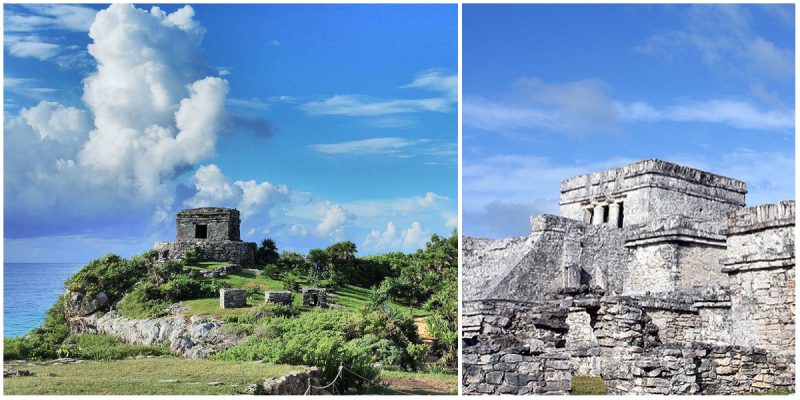Tulum is the site of a pre-Columbian Mayan walled city serving as a major port for Cobá. The ruins are located along the east coast of the Yucatán Peninsula on the Caribbean Sea in the state of Quintana Roo, Mexico.
Tulum was a Mayan city existing between the 13th and the 15th century. It managed to survive about 70 years after the Spanish had begun occupying Mexico. The city was abandoned because of the diseases that the Spanish settlers brought, as well as a lot of fatalities that disrupted the society.
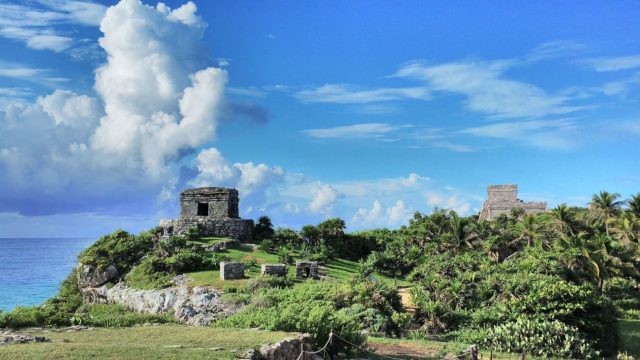
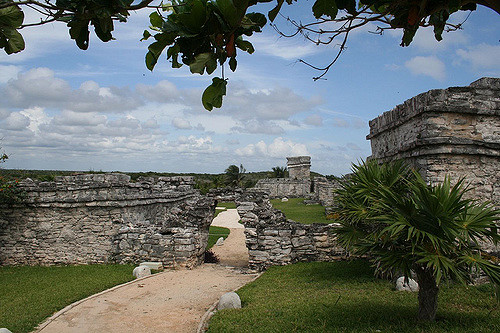
The Mayan architecture of the site is recognized by a step running around the base of the building which sits on a low substructure. Doorways of this type are usually narrow with columns used as support if the building is big enough. This type of architecture resembles the nearby Chichen Itza, just on a much smaller scale.
Tulum was protected on one side by steep sea cliffs, and on the landward side by a wall that averaged about 3-5 meters in height. This wall makes Tulum one of the well-known fortified sites of the Maya.
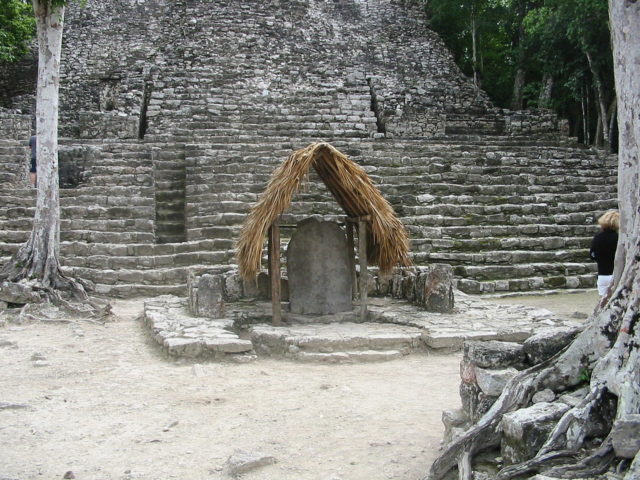
Constructing this massive wall had taken enormous amounts of energy and time, showing the importance of defense for the Maya when choosing this site. Speaking of defense, there are small structures that have been identified as watch towers on the southwest and northwest corners and there are five narrow gateways in the wall, having two on the north and south sides and one on the west.
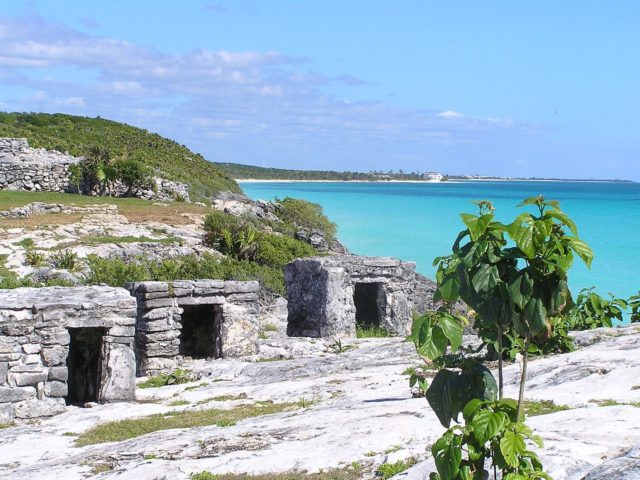
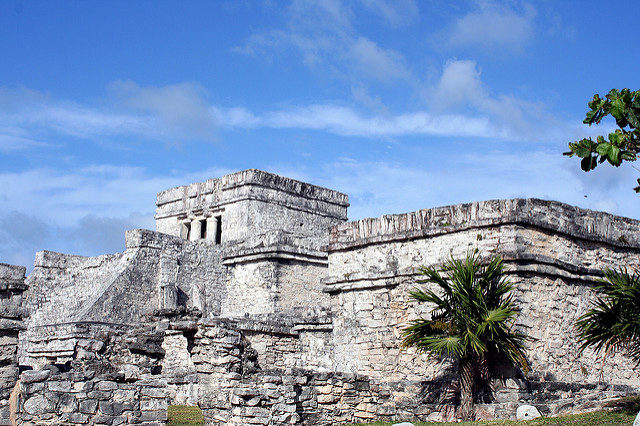
The three major structures of interest at the Tulum Site are El Castillo, the Temple of the Frescoes, and the Temple of the Descending God. The Castillo was built on a previous building that was colonnaded and had a beam and mortar roof. The construction of this new building was built in stages.
Apparently, a small shrine has been used as a beacon for incoming canoes. The Temple of the Frescoes was used as an observatory for tracking the movements of the sun. Above the entrance in the western wall, a stucco figure is still preserved, displaying the name of the temple.
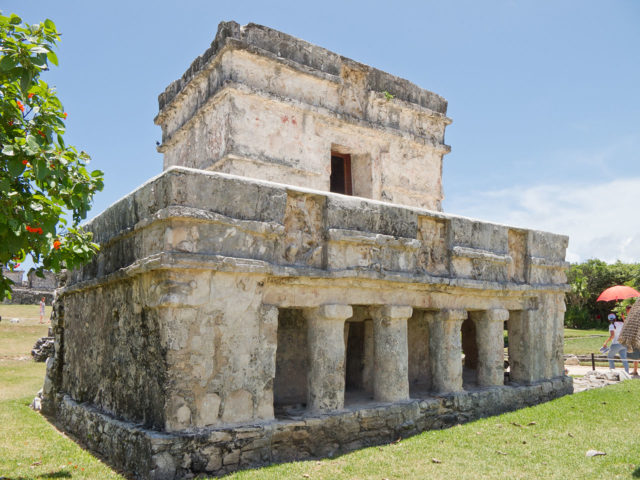
Today, this archaeological site is popular for tourists. Daily coaches bring a constant stream of visitors to the site. The Tulum ruins are the third most-visited archaeological site in Mexico, after Teotihuacan and Chichen Itza.
The tourist destinations are divided into four main areas: the archaeological site, the pueblo, the zona hotelera, and the biosphere reserve of Sian Ka’an.
